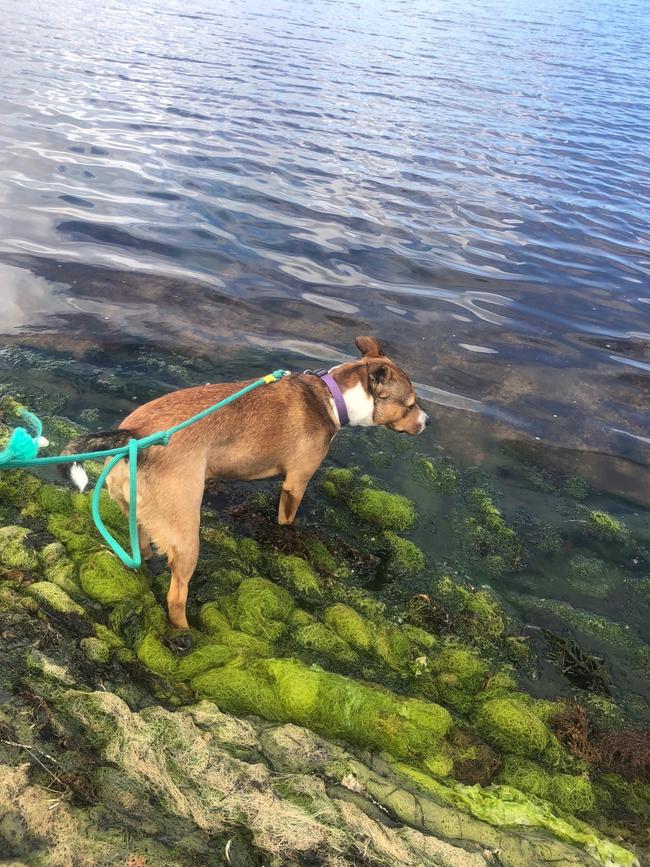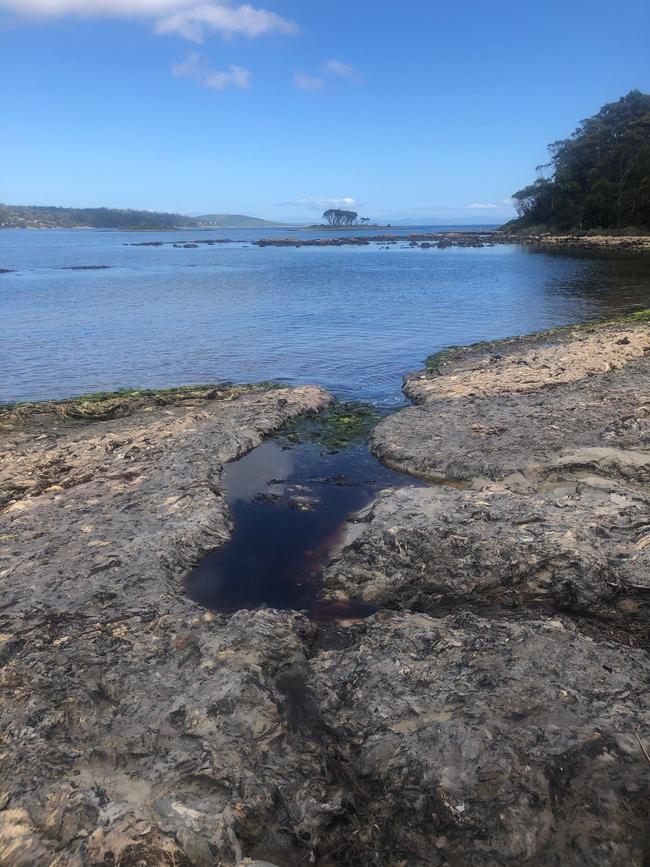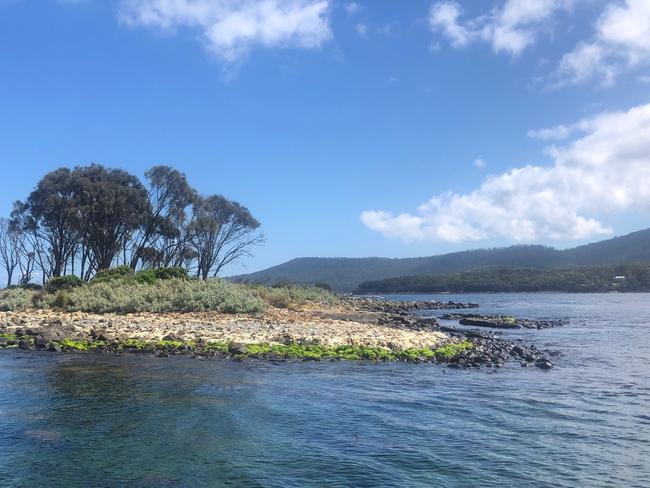EPA says no trends show aquaculture the cause of Tasman Peninsula algae bloom
Marine protection groups are concerned over algae blooms through the Tasman Peninsula, however there is no evidence to support claims that a major salmon producer is at fault.
Tasmania
Don't miss out on the headlines from Tasmania. Followed categories will be added to My News.
- Ombudsman report slams Tasmanian Architects Board
- Why council is recommending a Kangaroo Bay time extension
THE stench of rotting algae blooms has made life a misery for Tasman Peninsula residents, with a marine protection group saying the problem is only getting worse.
Tasmanian Alliance for Marine Protection co-chairman Peter George said the Environmental Protection Authority needed to conduct an immediate and open investigation into the issue.
Algal blooms have been known to occur in response to changes in temperature, light, rainfall, or changes in nutrients, and Mr George believes the nutrients from nearby fish pens are what has caused the White Beach infestation.
“TAMP also believes Tassal pens in bays near the Port Arthur World Heritage Area are also prime suspects for three years’ worth of worsening algal blooms that are eyesores on the foreshore, cause the stench of rot as they die and make life a misery for nearby residents,” he said.
However, the Environment Protection Authority says there were no clear trends identifying aquaculture as the cause of recent algal blooms.

The EPA said significant resources were being invested by the government and aquaculture industry to monitor water quality and biological health of the Storm Bay and Tasman regions.
“Monitoring information is currently being provided to the EPA by salmon companies as a requirement of their environmental licence for salmon farm leases, and the EPA also undertakes independent monitoring within Storm Bay and other Marine Farm Development Plan areas,” a spokesperson said.
“EPA officers have reviewed water quality information collected in recent years in Wedge Bay and surrounds, and found no clear trends in terms of nutrients and chlorophyll-a concentrations identifying aquaculture as the cause of the recent algal blooms.
“The EPA will continue its regular water quality sampling program in these regions to assist in the understanding of the marine environment and to provide an independent validation of water quality data provided by the aquaculture industry.”

Tasman Peninsula Marine Protection spokeswoman Trish Baily said similar algal blooms had been reported by residents for more than three years.
“Action needs to happen as a matter of priority as such algal blooms can have a serious effect on other marine plant and animal life,” she said.
Secretary Rebecca Howarth said the frequency of the blooms had reached unprecedented levels.
“Salmon farms are known to deposit high levels of nutrients into the water so we want this possible link investigated more thoroughly,” she said.

A Tassal spokesperson said like many other users of Tasmania’s shared waterways, they appreciated coastal waters experienced complex seasonal patterns of change.
“As an example, it has been determined that this will be a La Nina year, a significant oceanic event,” he said.
“Scientific studies have illustrated these naturally derived regional trends in south-eastern Tasmanian waters.
“We are proudly the most highly regulated and monitored agribusiness in Australia which provides us with great confidence in how we operate.”


